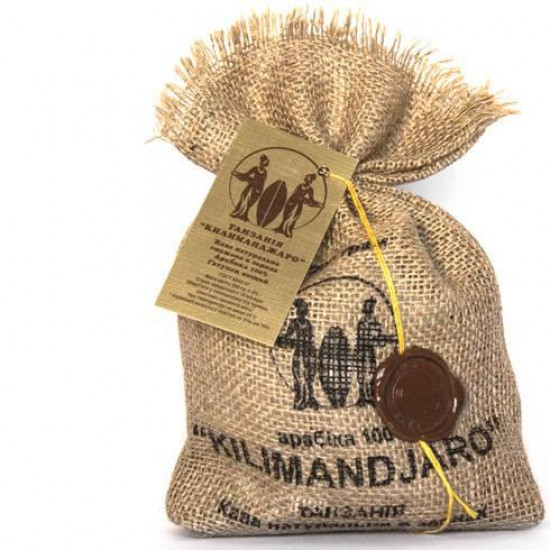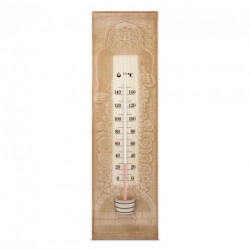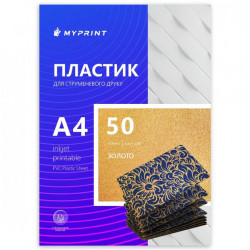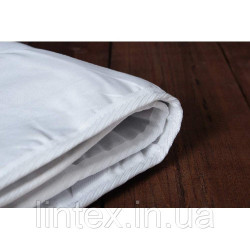
- Stock: In Stock
- Model: 329941171
0% Customers recommend this product
-
5 Awesome0%
-
4 Great0%
-
3 Average0%
-
2 Bad0%
-
1 Poor0%
Reviews Over Coffee beans Panorama Kilimanjaro Tanzania 200 g caffeine 0.7%
- (0)
Total Reviews (0)
click here write review to add review for this product.
Report this review.
Description
“You don’t have to make a lot of noise to be effective” Philip Crosby “Business. Efficiency". Tanzania "Kilimanjaro"... from "Panorama" in numbers... Caffeine... 0.7 - 0.88% Humidity... 1.8 - 3.5% Extractivity... 23 - 30% Ash... 1.00/0.05% Metallic impurities... not detected Organoleptic characteristics... Evenly roasted grains with rare projections of coffee oil on the surface. The taste is usually with notes of chocolate and without acidity, there are no foreign odors. Corresponds to the highest grade according to GOST 6805-97 When it comes to Tanzanian Arabica beans, an association immediately arises with some kind of African “coffee laboratory”... It all started at the beginning of the 16th century, when Augustinian monks landed on Zanzibar together with the Portuguese seafarers... It was here Augustinian chronicles contain a mention of the African Chaga tribe, which lived on the eastern and southern slopes of Mount Kilimanjaro and was engaged in growing coffee... Some bold coffee researchers claim that the Chaga tribe are the most authoritative planters, because they have been growing coffee for several thousand years, but there is no documentary evidence of this versions... Alas... It’s clear that the Augustinians began to study coffee, documenting their knowledge, and this lasted about a hundred years, until the Arabs expelled the Catholics, having conquered Tanzania, for the next three hundred years... Information about coffee became “terra incognita”... In the 19th century, they came to Tanzania together with the Europeans The monks also returned, but this time... the Benedictines... The research continued... Currently, the Benedictine Order has its own plantations in Tanzania, and high-grade Arabicas from their plantations can be bought in Benedictine monasteries in Europe... Moreover... of the highest quality... Experts say that the Benedictines set and maintain a high level of quality for all African Arabicas by their example... . They probably know something... Otherwise, Africa would have been planted with robusta, which is much more profitable from a commercial point of view... Therefore, it is not surprising that it was in Tanzania that plantations of trees from Jamaica Blue Mountain of the botanical species Arabica were planted on the slopes of Kilimanjaro as an experiment…. The plantations were planted in the early 2000s... The thing is that high-mountain Arabicas from Jamaica have the highest tryptophan (serotonin) index... Hence the high price for Blue and the shortage... Therefore, the experiment was aimed at increasing this index in African Arabicas... However ... Alas... You can’t argue with nature... The first harvests showed that the result was excellent, but African coffee... with a balance of taste and smell... and, accordingly, with an average tryptophan (serotonin) index... It is Arabica from experimental plantations that is in the Panorama collection which is presented here... I repeat...The taste of coffee “moves” along the Sun.... For example, in Indonesian Arabica beans, taste prevails over smell; they “revive” the taste buds of the tongue. African Arabica beans have a balance of taste and smell, balancing taste and smell receptors, while simultaneously launching the “dormant” taste buds of salty and sweet receptors... From the perspective of neuroscience and physiology, a person who has balanced taste and aroma receptors has a higher efficiency of thinking and speed of processing Information. Laboratory test protocol is attached. Of course, a good coffee maker is great, but if suddenly you don’t have one at hand, then you can make a cup of coffee in a simpler way... It is important to maintain the coffee-water ratio, but with or without sugar, everyone chooses for themselves...
Specifications
| Characteristics |


















































